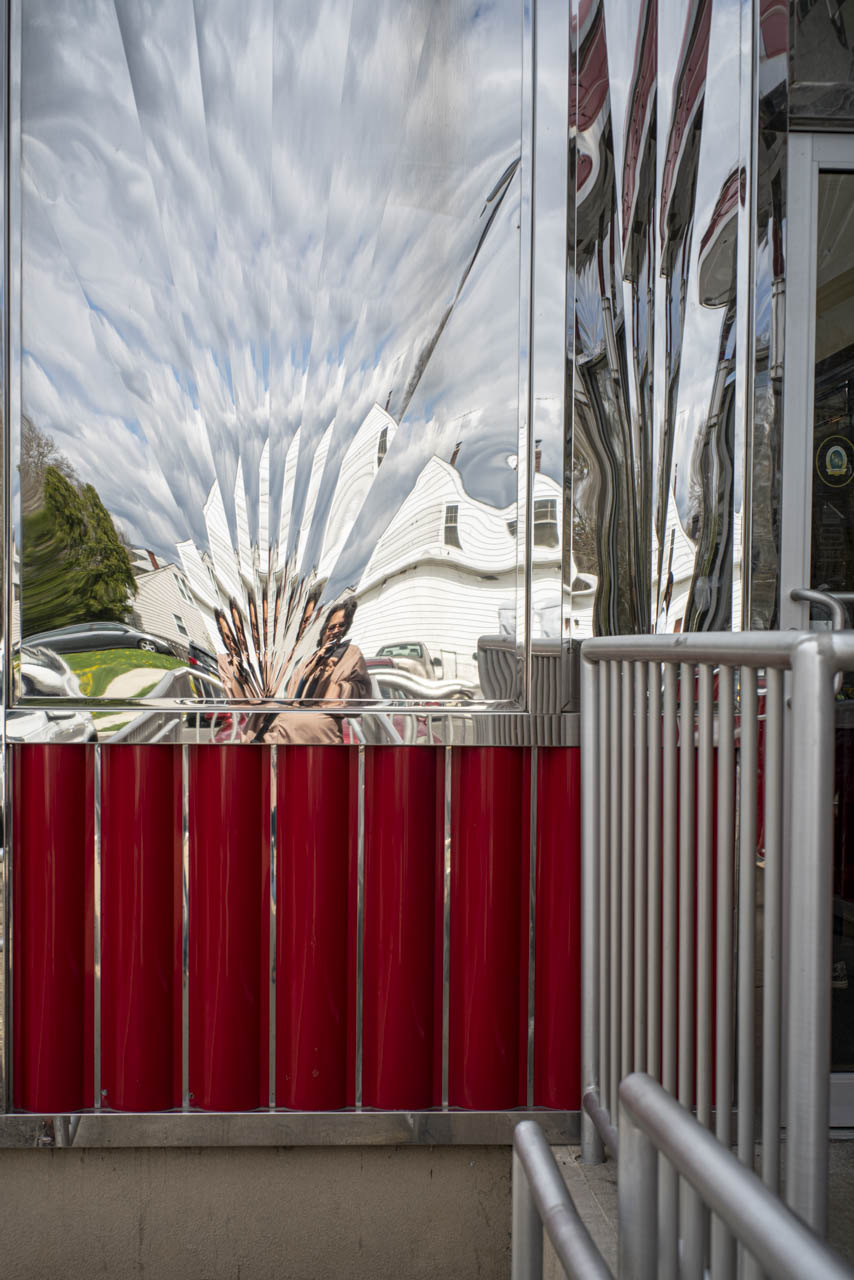 John Lehet Photography
John Lehet Photography
John Lehet, self portrait before eating in a diner.
John Lehet has been creating archival fine art photographs in northern New England for over 40 years. As a Dartmouth student in the late 70s he began using the college camera club darkroom and quickly moved from 35mm to large format sheet film, carrying big bellows cameras around the mountains, hills, and valleys of New Hampshire and Vermont. In love with this landscape and community, he put down roots and built darkrooms.
Though he studied with Ansel Adams' assistant, John Sexton, and fully adopted Ansel's approach to technique quite early, John Lehet's aesthetic roots are more aligned with East Coast and European big film photographers of old than that of and the west coast US. Oriental art, especially the compositional techniques of the "Floating World" Zen woodblock printers has also been a significant influence as well as the approach of many painters. From the beginning, and more and more through the years, the approach has been to appreciate that deeply seeing the ordinary can reveal it to be extraordinary, luminous, and resonant. A long-term meditation practice has dovetailed with this vision as well as facilitating manifestation of space, in the Buddhist sense, in the art. Ultimately these photographs are about the resonance of our mind and emotional world with the perceived landscape and environment. All flat art is a journey of the eye through the created space of the print, and then in the emotional response and resonance we might find the print succeeds.
John has moved on from the wet darkroom; modern large format archival pigment printers and newer digital cameras provide better results than film and silver gelatin did. Especially, a dedicated digital black and white infrared camera is far superior to the old infrared film. There is now more control, nicer papers, great tonal values and resolution. Vintage lenses are sometimes favored over sharp and flawless modern ones, or vice versa, depending on the vision. The approach continually moves forward, but the roots in traditional photographic methods learned early -- appropriate exposure of the "negagive," contrast control, dodging, and burning, careful printing -- remain the root of the method to this day. The technique has evolved a lot, but mostly seeing and feeling have pushed the work forward.
Some of John's work is available for sale locally at some League of NH Craftsmen Fine Craft Galleries, and Long River Gallery in White River Junction Vermont. Several of John's prints are in the permanent collection of the Boston Athaeum. Of course the all work that is for sale can be purchased on this site.